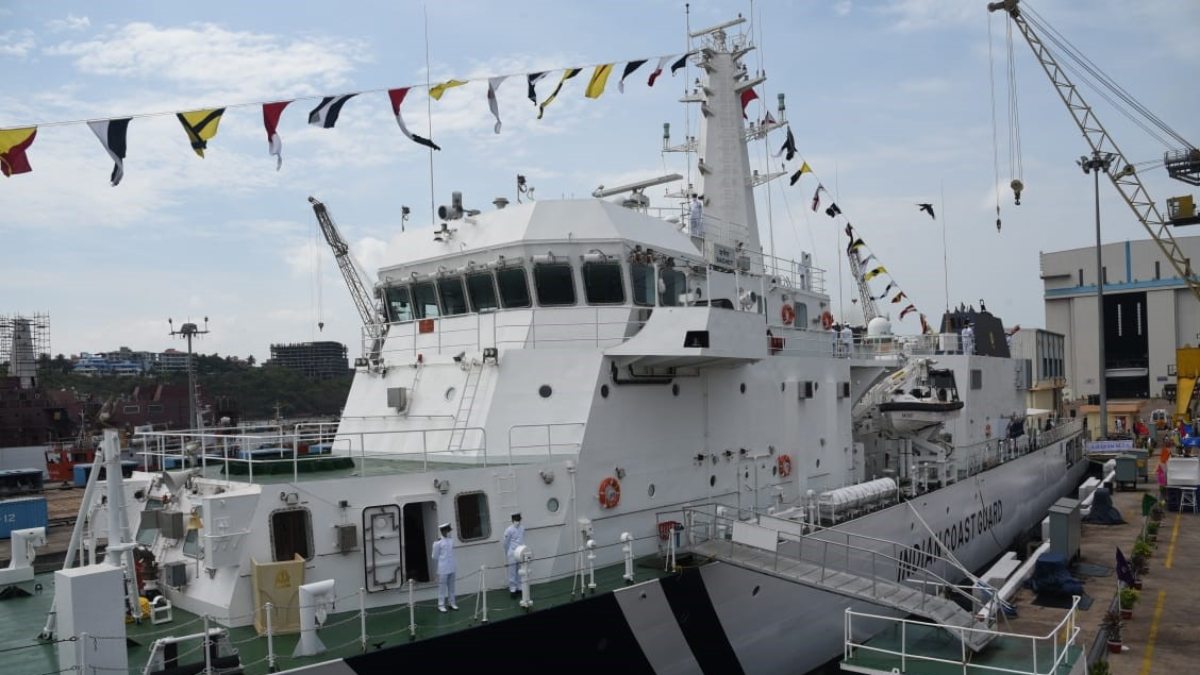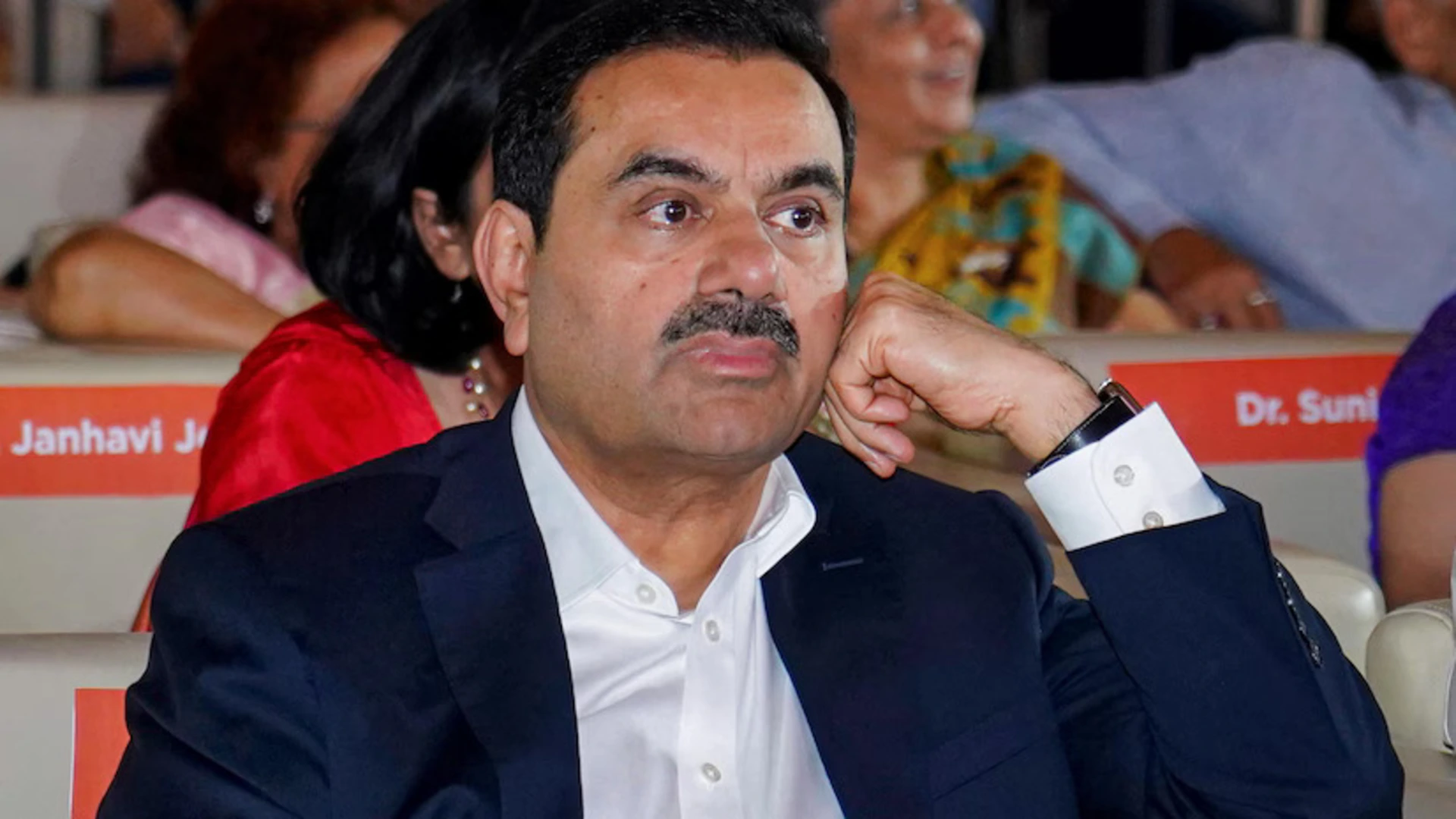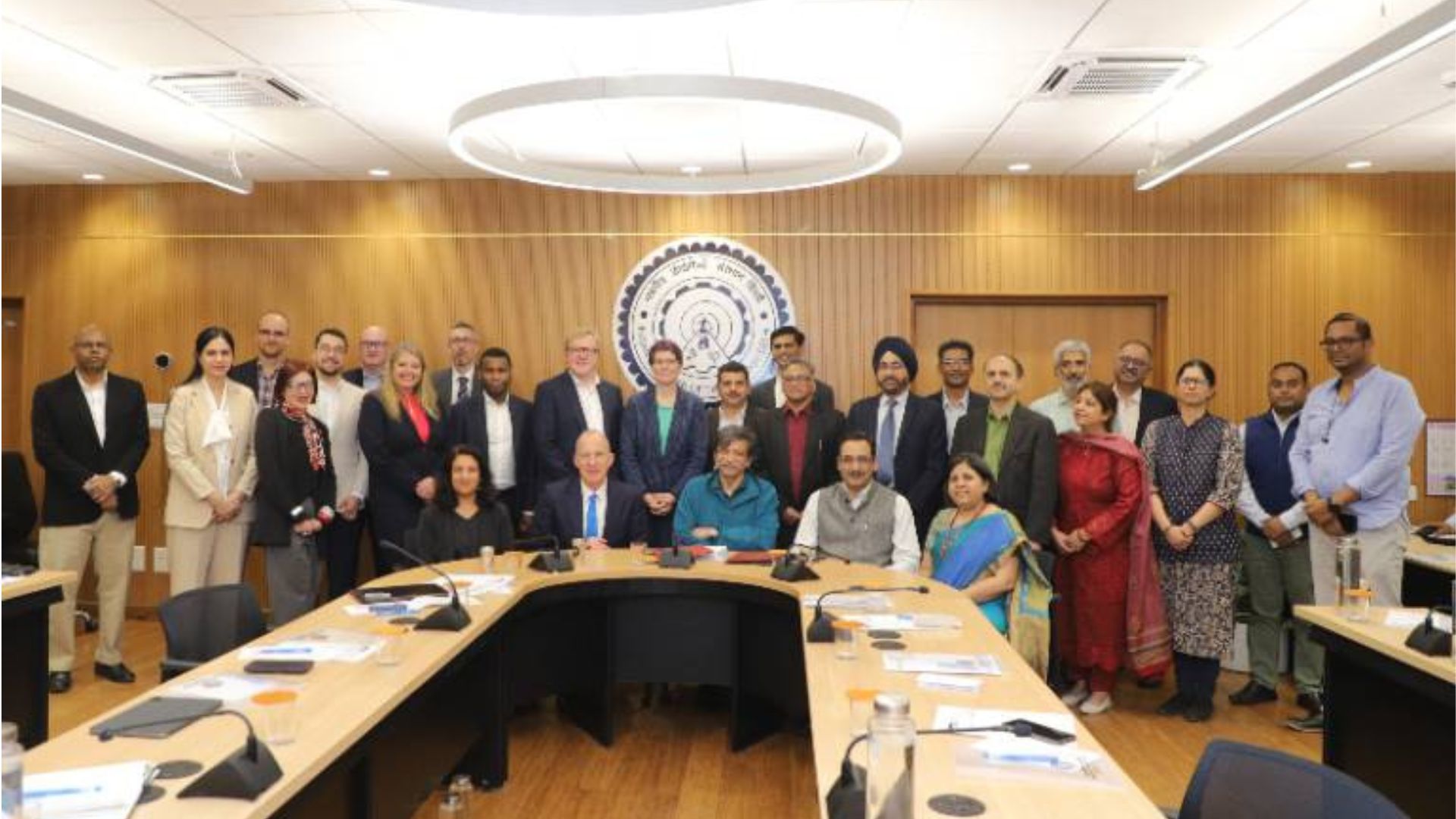
Adding more power to India’s maritime security capability, the Indian Navy and Coast Guard commissioned four new ships on Friday. Defence Minister Rajnath Singh commissioned Indian Coast Guard Ship (ICGS) Sachet and two interceptor boats (IBs) C-450 and C-451 in Goa via video-conference from Delhi. ICGS Sachet has become the first ever Indian Coast Guard platform to be inducted via a video-conferencing. The ICGS Sachet, the first in the series of five offshore patrol vessels (OPVs) has been designed and built indigenously by Goa Shipyard Limited (GSL). All these ships are fitted with state-ofthe-art navigation and communication equipment required for an interceptor boat and offshore patrol vessel. While the ICG commissioned four new ships in Goa, the Indian Navy also commissioned its seventh Landing Craft Utility (LCU) at Port Blair, India’s only tri-service command. INCLU 57 was commissioned by Lt Gen P.S. Rajeshwar, Commander-inChief A&N Command.
The ship has been indigenously designed and built by M/s Garden Reach Shipbuilders and Engineers (GRSE), Kolkata. The commissioning of INLCU L57 and ICGS Sachet along with two more OPVs in just one day reflects India’s indigenous design and ship building capability. INCLU L57 The LCU MK-IV ship is an amphibious vessel with a designated primary role of transporting and deploying Main Battle Tanks, Armoured Vehicles, troops and equipment from ship to shore. Based at the Andaman and Nicobar Command, these ships can be deployed for multirole activities like beaching operations, search and rescue, disaster relief operations, supply and replenishment and evacuation from distant islands. ICGS SACHET The 105-metre-long ship ‘Sachet’ displaces approximately 2,350 tonne and is propelled by two 9,100 KW diesel engines designed to attain a maximum speed of 26 knots, with an endurance of 6,000 nautical miles. The sustenance and reach, coupled with the latest equipment and systems, provides her the capability to perform the role of a command platform and undertake tasks to fulfil the ICG charter. The ship is designed to carry a twin-engine helicopter and four high speed boats and one inflatable boat for swift boarding and search & rescue operations.
The ship is also capable of carrying limited pollution response equipment to undertake oil spill pollution response at sea. ‘Sachet’ meaning alert is projection of will and commitment of ICG ‘to be ever vigilant for serving and protecting’ the maritime interest of the Nation. The ICGS Sachet is being commanded by Deputy Inspector General Rajesh Mittal and manned by 11 Officers and 110 men. It is for the first time in Indian maritime history that a ship was commissioned through digital medium, maintaining strict protocol of social distancing in the backdrop of Covid-19 pandemic. C-450 & C-451 The IBs C-450 and C-451 are indigenously designed and built by Larsen & Toubro Shipyard Hazira, and fitted with latest navigation and communication equipment. The two 30-metrelong boats are capable of achieving speeds in excess of 45 knots and designed for high speed interception, close coast patrol and low intensity maritime operations. The quick response capability of the IBs makes it an ideal platform to respond and thwart any emerging maritime situation.
The ships are commanded by Assistant Commandant Gaurav Kumar Gola and Assistant Commandant Akin Zutshi. Speaking to The Daily Guardian Indian Coast Guard Chief K. Natarajan said, “The ships, on joining the Coast Guard fleet, will be deployed extensively for Exclusive Economic Zone (EEZ) surveillance, coastal security and other duties as enshrined in the Coast Guard charter of duties, to safeguard the maritime interests of the Nation. With the commissioning of these ships, the ICG has reached a landmark 150 ships & Boats and 62 aircraft.” The Indian Coast Guard aims to add further 40 ships which are in various stages of construction at different Indian shipyards and 16 advanced light helicopters are under production at Hindustan Aeronautics Limited, Bengaluru, which will provide the added strength to the surveillance capabilities of ICG to deal with the ever-dynamic maritime challenges.















